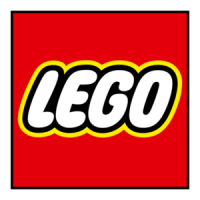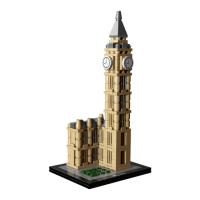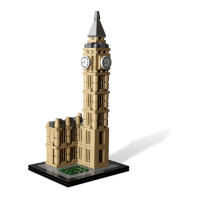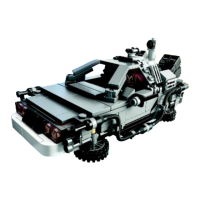in times of peace. Down in the passageways, reliefs
depicting the exploits of Hercules alluded to the time
of the War and the subsequent period of reconstruction,
during which time King Frederick William II had made
Prussia into a true European power.
Though the Brandenburg Gate has remained essentially
unchanged since its completion, it has had a central role
in many of Europe’s most monumental historical events.
In 1806, Napoleon marched triumphantly into Berlin and
carried the Quadriga away with him to Paris as a spoil of war.
After Napoleon’s defeat in 1814 and the Prussian occupation
of Paris, the Quadriga was restored to Berlin and Victoria’s
wreath of oak leaves was supplemented with a new symbol
of Prussian power, the Iron Cross. In 1933 the National Socialists
marched through the gate in a martial torch parade,
introducing the darkest chapter of German history, ultimately
leaving the city in ruins and Germany divided.
When Berlin was partitioned after World War II, the center
of the city fell into the Soviet sector, which met the
British sector at the Brandenburg Gate. After a series of
demonstrations against the building of the Berlin Wall, the
Soviets closed the Brandenburg Gate on August 14th, 1961.
It remained closed until December 22nd, 1989, when the
wall fell and East and West Berlin were unified once again.
Throughout this turbulent period of history, the Brandenburg
Gate had fallen into general disrepair. In 2000, the Berlin
Monument Conservation Foundation (in German: Stiftung
Bundesarchiv, Bild 183-M10 15-327. Photo: Donath, Otto April 1950
8
21011_BI_DE.indd 8 10/3/13 6:52 PM

